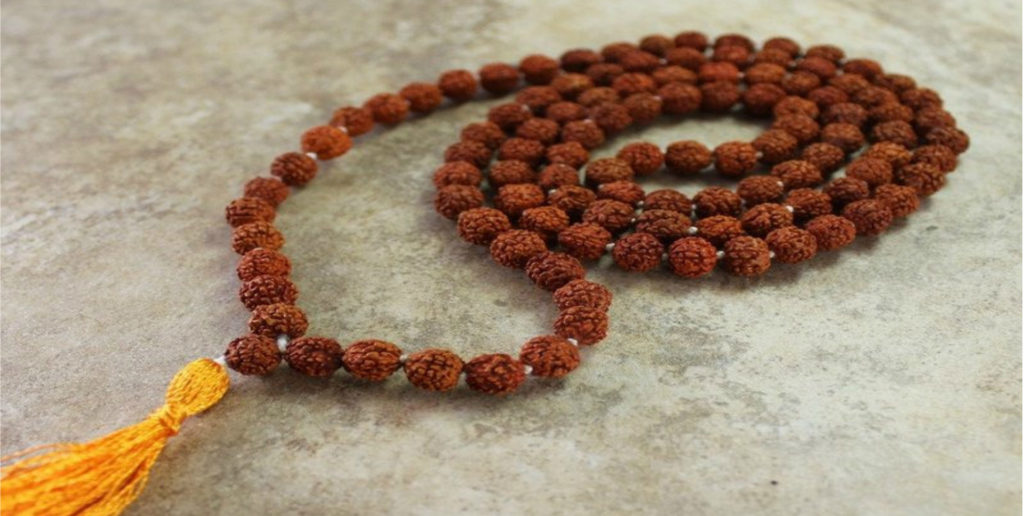By: Vishva Patel
Bhakti is one of the easiest ways for us to show our devotion to Karta (God). Doing Bhakti connects our soul to Karta. It also keeps our mind and soul pure. Everybody is so busy in today’s day and age juggling school, work, friends, family and social engagements; it seems that no one has time or desire to make time for bhakti. In a world taken over by appearances, perfect selfies, and weekly social events…is there any room left for bhakti? Why would people of our generation choose to sit and recite hymns we don’t even understand when we can go out and have a good time with our friends? Where does true happiness lie? Going out with friends or going to a party gives us momentary happiness. Once the party is over, we will need to attend another party or event to feel that happiness again.
Bhakti is something that provides long-term happiness. Initially, it may seem boring or difficult but over time with persistence, effort, and patience, it will help us connect to our faith. Once we have established this connection, we will be able to experience a level of happiness which a party nor social gathering could fulfill.
It seems impossible but with proper time management and strong willpower it is possible. There are many different ways to do bhakti which can be incorporated into our daily lives. We should start small and slowly increase the amount of bhakti we do so we can stay consistent. If we try to do too much at once, we won’t be able to maintain it and eventually we will stop doing everything. Some good ways to start doing bhakti are:
For example:
- Upasana – doing regular upasana is the best way to keep the connection with Karta strong. At first it seems like a daunting task but after a while it gets easier. Like most things it is important to build up stamina before jumping in. For example, people generally don’t run marathons without training. They start off by running 5ks and then half marathons then eventually move on to do full marathons. Similarly, you don’t have to dive in and do morning and evening upasana every day. Start with a couple days of evening upasana a week and then slowly build up to doing it every day.
- Bhajans – Bhajans are another great way to do more bhakti. Doing a bhajan does not mean sitting cross legged in front of the murti or mandir and just singing for 5 minutes. Bhajans can be sung almost anywhere. Plug in your device and jam while you’re driving, cooking, or even cleaning. You can get up and move, clap your hands, and even start dancing as you are singing the bhajan.
- Mara – is repeating a mantra over and over again in our minds. It is helps us build our concentration and focus. Typically a circular strand of beads is used to help keep count and concentration. We say one mantra per one bead. Doing one Amar Mantra maara takes about seven and a half minutes. What is the Amar Mantra? The Amar Mantra is: “Ohang Sohang, Sat Charan; Yugal Rupang, Tvam Namami”. To learn more about this mantra and how to properly do a maara for it, visit our Dharma website. Seven and a half minutes is not that much time but it takes a lot of concentration, so just like anything, it requires practice.
- Dhoon – is the practice of repeating a certain chant over and over. Our Kaival Dhoon is “Jai Kaival Jai Jai Kaival, Sat Kaival Jai Jai Kaival.” This like bhajans can be done anywhere! Doing dhoon is another great way to build our concentration and also create a positive energy around us. By repeating the same holy mantra over and over, we are cleansing our minds and our surroundings.
- Seva is another word for selfless service. It is a way for you to give up your time and help others and to do something that benefits the community. Seva could also be done in numerous ways. You can do seva by spending time at mandir doing various different activities like cleaning, cooking, working on mandir projects, helping with an event, ext. You can also do seva by helping out at a local soup kitchen or homeless shelter. Seva is any activity where you give your time to help the betterment of a cause without expecting anything in return.
These are just some of the ways we can continue to do Bhakti or start doing Bhakti if we don’t do already it. Doing things like Upasana, Bhajans, Maara can help us connect to Paramguru and by extension Karta. Building a relationship to Paramguru is one of the best ways for us to strengthen our faith and find lasting happiness.
Sat Kaival Saheb

